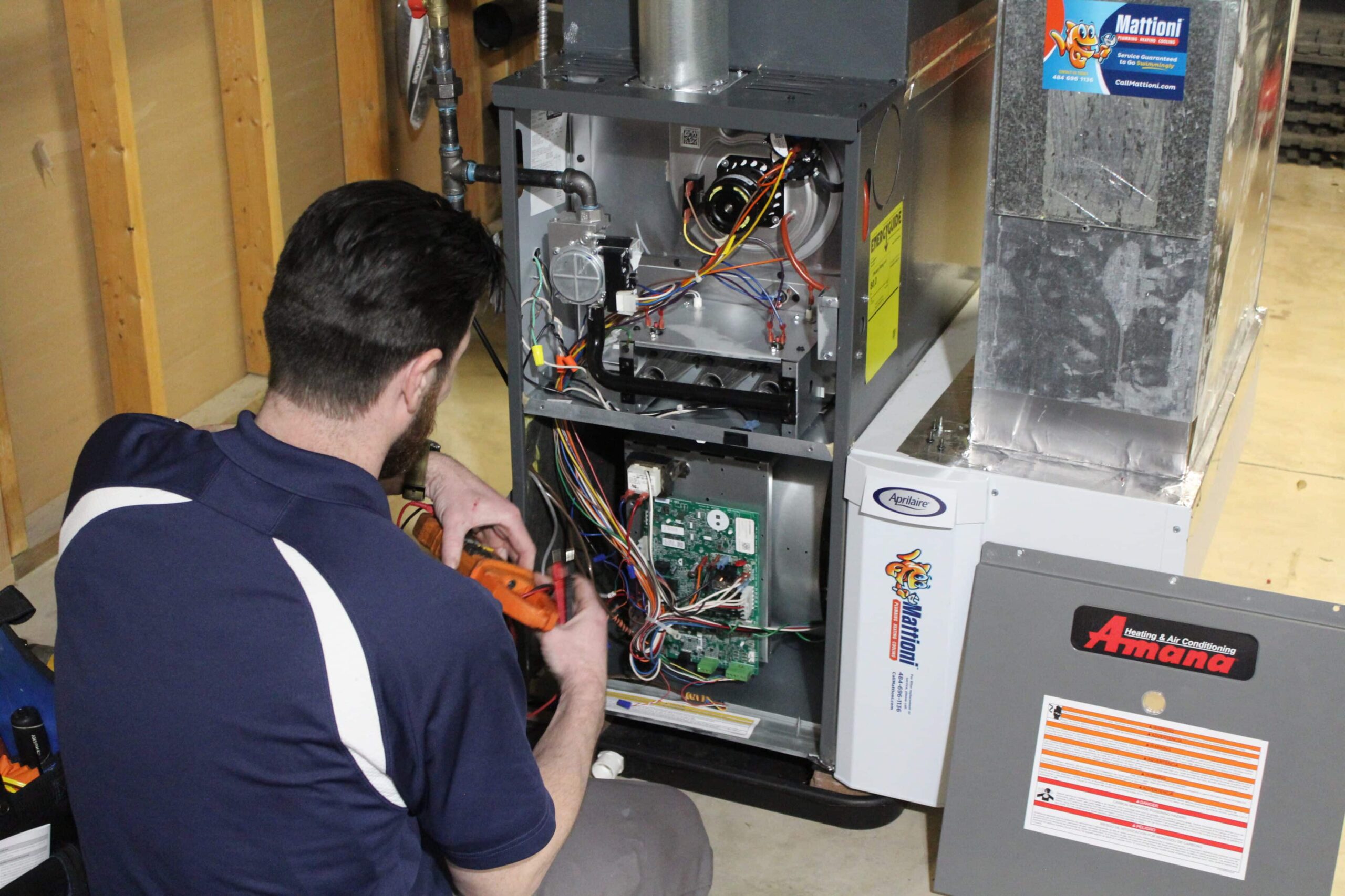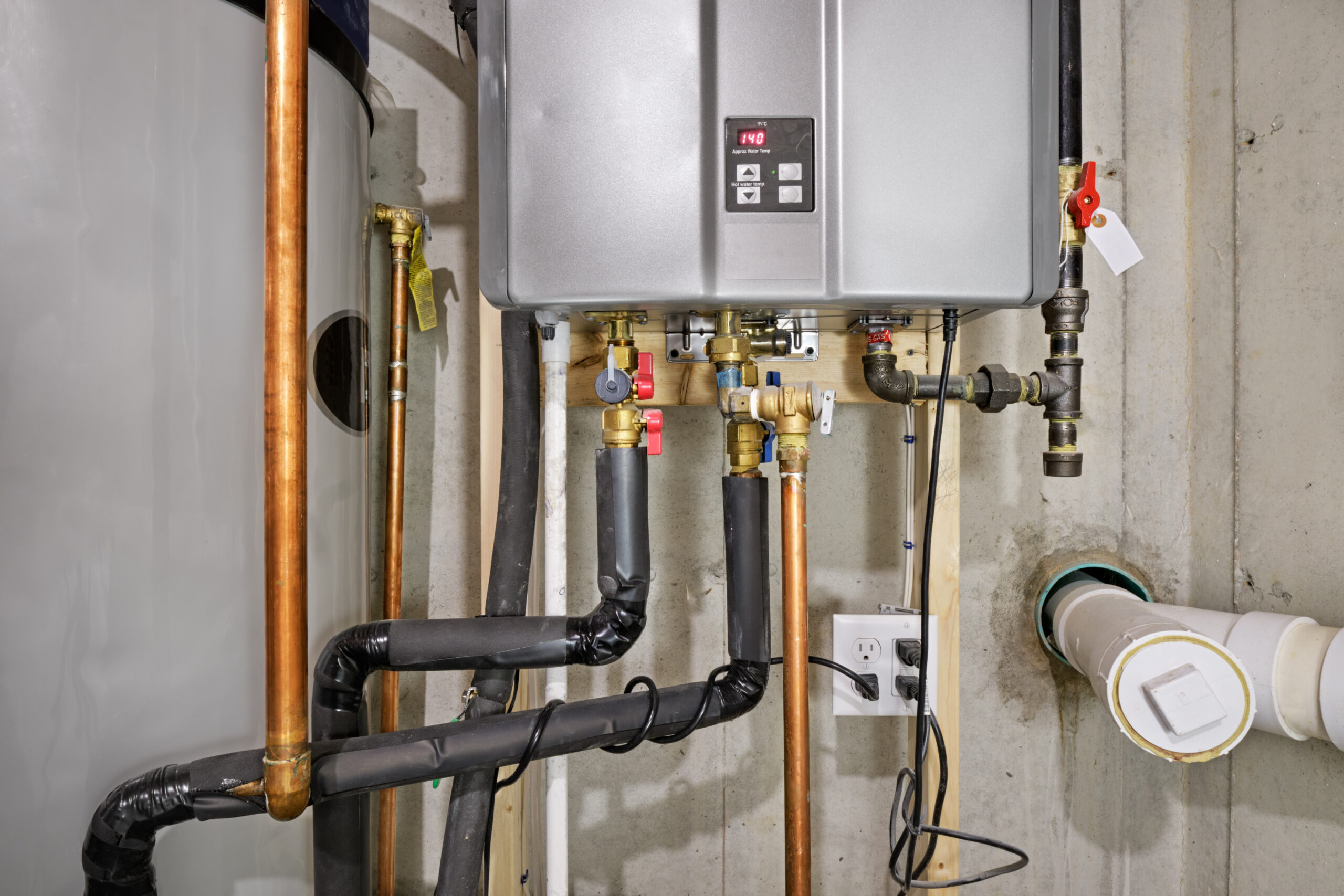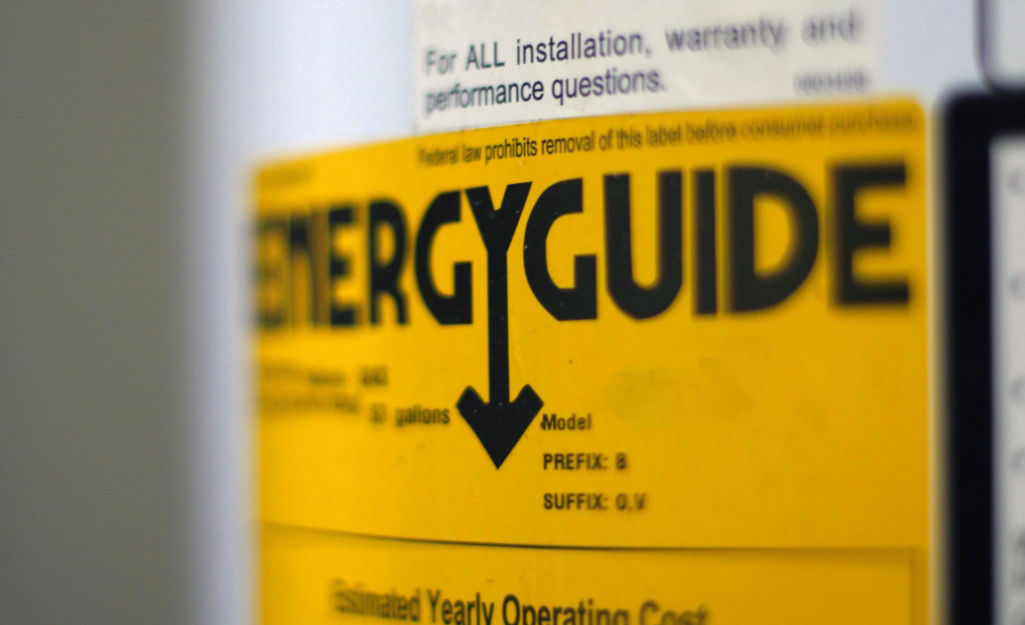|
Getting your Trinity Audio player ready...
|
Last Revised: 1/16/2025
Are you dreading the thought of a hefty price tag on a new furnace installation for your 2,000-square-foot home? The furnace replacement process can feel overwhelming, even for the savviest of homeowners.
With numerous factors in play that determine how much a furnace costs, homeowners often find themselves unsure about the budgeting requirements for this essential upgrade. Your home’s square footage is at the forefront of this, but additional variables must be considered when making this calculation for your home.
At first glance, this process may seem complicated, but at Mattioni, we’re here to help. We believe that the best way to make the right choice with your furnace installations is to first become informed. By learning about the factors that determine not only price but also other things like energy efficiency and your home’s comfort, you’ll be prepared to choose the right system that fits your home.
This article provides a comprehensive guide to system selections and budgeting for your new furnace, allowing you to make the right choice for your 2,000-square-foot home. By the end of this article, you’ll have a clear understanding of the costs involved and the factors that will impact your decision.
Understanding Heating Capacity (BTUs) and Why It Matters
Before we dive into all the cost factors, it’s essential to understand some fundamental aspects of furnace installations, starting with the system’s heating capacity (also referred to as the size of the system) measured in British Thermal Units, or BTUs. Simply put, BTUs measure how much heat your furnace can produce.
The size of your furnace is critical not only in providing optimal comfort and efficiency in your home but also plays a part in the wear and tear and longevity of the system. Most furnaces fall somewhere between 40,000 and 120,000 BTUs.
A properly sized heating system can adequately heat your home without over-exerting itself or experiencing frequent on/off cycles known as “short cycling.”

The Risks of a Furnace That’s Too Large for Your Home: If your furnace is too large for your home, it’ll heat the space very quickly and promptly turn off after it achieves your thermostat temperature. As your home drops below the set temperature, the furnace will turn back and quickly raise it again, resulting in several short cycles.
This constant starting and stopping puts excessive strain on the furnace, reducing its lifespan and increasing the likelihood of repairs. Moreover, short cycling is highly inefficient, leading to increased energy consumption and higher utility bills.
- Increased Wear and Tear: Frequent cycling will lead to more mechanical issues over time, in particular the heat exchanger will be forced to expand and contract much more often, leading to premature failure.
- Inefficiency: A furnace that’s too large won’t run long enough to reach its peak efficiency, meaning you’ll be paying more for less effective heating.
The Risks of a Furnace That’s Too Small for Your Home: On the other hand, if your furnace is too small and can’t produce the level of BTUs needed, it won’t be able to maintain a comfortable temperature in your home. During cold weather, this underperformance can lead to uneven heating or times when the furnace runs continuously without ever reaching your desired temperature.
- Continuous Operation: A furnace that’s too small may run constantly, leading to higher energy costs and an increased workload on the system.
- Comfort Issues: If your furnace can’t keep up with the heating demands of your home, you may find some rooms remain cold and uncomfortable.
To avoid these issues, it’s essential to have an HVAC professional inspect your home to determine the appropriate level of heating needed out of your new furnace.
How to Determine the Right BTU Capacity for Your 2,000 Sq Ft Home
Your home’s square footage is among the most significant factors when determining the BTUs you’ll need out of your furnace, and subsequently its cost. Here are all of the factors in play:
Furnace Heating Capacity (BTUs) Determining Factors
1. Square Footage: The size of your home is the starting point for calculating an appropriately sized furnace for your home.
A common industry rule of thumb is to allocate 40 BTUs per square foot of living space. However, it’s not just the square footage that matters; your floorplan (or layout), insulation rating, and more also play a role.
2. Floorplan/Layout: An open floorplan may require a different heating approach compared to a home with many smaller rooms. Open layouts may allow heat to circulate more freely, potentially requiring a smaller furnace, while more segmented homes might need a larger unit to ensure even heating throughout the space.
3. Insulation Rating: The quality and amount of insulation of your home’s exterior significantly impacts the size of the furnace needed. Homes with excellent insulation require less heating power, while poorly insulated homes likely need a more powerful furnace to maintain comfortable temperatures.
4. Number of Windows and Doors: The more windows and doors your home has, the more potential for heat loss and therefore the more heat output you’ll need from your furnace. Older doors that lack energy-efficiency considerations are especially subject to this.
5. Size and Direction of Windows: Large windows that capture ample sunlight will lose less heat than those that face away from the sun and reduce the heating load needed from your furnace. Considering the effect that large windows have on your home’s temperature is necessary when determining the appropriate BTU level needed to heat your home.
6. Your Climate: The climate in which you live plays a massive role in determining your furnace size. Homes in colder climates will need more powerful heating systems to combat harsh winter conditions, while those in milder climates may get by with a smaller unit.
7. Condition of Your Ductwork: Similar to heat losses through windows and doors, if your ductwork is old, leaky, or poorly insulated it can lose significant amounts of heat before it reaches rooms. This may require a larger furnace to compensate for the lost heat, or it may necessitate ductwork repairs to improve efficiency.
How Does System Size Impact Furnace Costs?
As you might guess, the size of your furnace will directly affect the price, meaning a more powerful system costs more to install.
For a 2,000-square-foot home, you’ll generally need a furnace with an output of approximately 80,000 to 100,000 BTUs. We estimate that, depending on your home’s needs, you’ll be able to find a good furnace for between $6,000 and $13,000.
However, there are more factors that impact the installation price of your furnace than simply its heating capacity.

Cost Breakdown of Furnace Installations
In addition to the size of the furnace, there are several factors contributing to the overall expense, including the type of furnace, its efficiency, its fuel source, and the installation process itself. Here’s what you can expect:
1. Efficiency Tiers (AFUE Ratings)
The energy efficiency of a furnace is measured by its Annual Fuel Utilization Efficiency (AFUE) rating, which represents the percentage of fuel converted to heat.
For instance, a furnace with a 92% AFUE rating will convert 92% of its fuel into heat, with the remaining 8% lost to exhaust. In other words, you’ll get 92 cents of heat per dollar of fuel.
All furnaces fall into one of the two major efficiency tiers: 80% AFUE and 90% AFUE.
- 80% AFUE (Non-Condensing) Furnaces: Furnaces in the 80% AFUE range come at a cheaper installation price, but will rack up higher energy bills than those in the 90% range.
- 90% AFUE (Condensing) Furnaces: Furnaces with at least 90% efficiency are almost always condensing units, meaning they have an additional heat exchanger tasked with retaining and recycling heat before it exits the system. Besides requiring the second heat exchanger, 90% AFUE furnaces also need a drain line to collect condensation that forms during the process, as well as additional chimney venting considerations, including pvc piping through your house’s exterior.
2. Stages of Operation
Furnaces, like most heating and cooling systems, have different capabilities to throttle their heating output, which also impacts cost.
- Single-Stage Furnaces: These furnaces operate at full capacity whenever they’re on, regardless of how much heat your home needs. They are the most affordable, typically ranging from $5,000 to $8,000, but they’re also the least efficient, as they can cause temperature fluctuations and increased energy consumption.
- Two-Stage Furnaces: These can operate at two different levels: 100% and around 65% capacity. This added flexibility allows them to operate at the lower setting when less heating is needed, which provides more consistent temperatures, greater efficiency and decreased wear and tear. These units range from $8,000 to $12,000.
- Variable-Speed Furnaces: The most advanced and efficient, variable-speed furnaces adjust their heating output to virtually any level as low as 30% to match your home’s needs precisely. This allows for the most consistent temperature control and the highest efficiency, but they come with the highest price tag, typically around $13,000 or more.

3. Choosing the Best Fuel Source
One of the most critical decisions when choosing a furnace is selecting the appropriate fuel source. This will affect not just the initial cost of the equipment, but also the long-term operating costs, efficiency, and environmental impact. Here are your options:
- Natural Gas: One of the most popular furnace fuels chosen by homeowners for its high efficiency and low operating costs is natural gas. Furnaces utilizing natural gas can achieve AFUE ratings of up to 98% and burn cleaner than oil, making it the “greenest” fuel source. Although, natural gas isn’t available everywhere as it requires access from a public utility line.
- Propane: An alternative for those homes without natural gas access is propane. Propane is similar in efficiency and AFUE ratings to natural gas but can be more expensive to purchase. Propane is typically stored in a tank on your property and is still more environmentally friendly than burning oil.
- Oil: Oil furnaces are prevalent in rural regions with colder climates as they’re known for their high heat output. While they are independent of utility grids, oil is typically more expensive than natural gas and propane, less efficient, and less environmentally friendly.
- Electric: Electric furnaces are less common as they’re typically much less efficient and more expensive to operate, however than can usually be installed at a lower price point.
- Dual-Fuel Systems: One sophisticated heating solution is a dual-fuel system, which combines an electric heat pump with a gas or oil furnace. These systems offer the benefits of both as they can utilize the heat pump during mildly cool weather and the furnace when the temperature drops significantly. Dual-fuel systems are the most expensive to install, however they combine energy efficiency and low fuel costs with high heating output.
4. Labor and Installation Logistics
The installation costs of your new furnace can vary widely depending on the complexity of the job and the HVAC partner you choose. While it’s important to make sure you’re paying a fair rate, be sure not to sacrifice installation quality for price.
Here are some installation complexities and additional costs that can add to the total price:
- New Ductwork and Electrical Upgrades: If your home’s ductwork is getting older and has become insufficient (or lacks ductwork entirely) then upgrading or installing new ductwork may be necessary and can potentially add significant costs. High-efficiency furnaces with variable-speed blower motors may also require upgrading your home’s electrical system.

- Smart Thermostat Upgrades: Smart thermostats can help maximize the efficiency of your new furnaces by allowing more precise control over your home’s temperature to match your schedule. However, this also comes at a price increase.
- Old Furnace Removal: While many installation companies may remove your old furnace at no charge, others may add related fees depending on the complexity of the removal. Be sure to ask questions about this upfront with any company you’re speaking with.
Tips on How to Save on Installation Costs
While the costs of installing a new furnace in your 2,000-square-foot home can be significant, several strategies can help reduce your overall expenses.
1. Off-Season Installation: Scheduling your furnace installation during the off-season can save money as HVAC companies are usually busiest during extreme weather. A spring or fall installation may potentially result in possible discounts.
2. Getting Multiple Quotes: Obtaining a few quotes from reputable HVAC installation companies is another effective cost-saving strategy. Prices can vary significantly, so comparing offers helps ensure you get the best value for your money.
Be sure not to sacrifice installation quality for a cheaper price, however, as the importance of trust in your contractor can’t be overstated.
3. Rebates and Incentives: Many high-efficiency furnaces qualify for rebates or incentives from local utility companies, state programs, or federal tax credits, reducing the upfront cost.
4. Long-Term Savings with Energy-Efficient Systems: High-efficiency furnaces, though more expensive initially, also lead to long-term savings through decreased energy consumption and lower utility bills, ultimately offsetting the higher upfront investment.
5. Payment Plan & Financing Structures: A great way to make a sizable furnace investment achievable is by capitalizing on financing and payment plan options. At Mattioni, one of our offerings is a 12-month interest-free payment plan on all new system purchases.

How To Budget for Your New Furnace Installation
Choosing the right furnace for a 2,000-square-foot home involves careful consideration of several factors, most notably the size of the heating system. However, it must also involve decisions on things like your fuel source, efficiency, and installation partner.
Now that you know how each of these relates to the final costs of your new furnace installation, you can make an informed decision that balances upfront costs with long-term savings and your satisfaction with the system.
A well-chosen and properly installed furnace will provide your home with reliable and efficient heating for years to come. At Mattioni, we’ve helped thousands of homeowners with their furnace installations over our 75 years in business.
Don’t wait until winter to ensure your home stays warm and energy efficient. Reach out to our friendly HVAC team at (610) 400-8510 or schedule an appointment online today to schedule your furnace installation, and take advantage of our 12-month interest-free payment plan.




